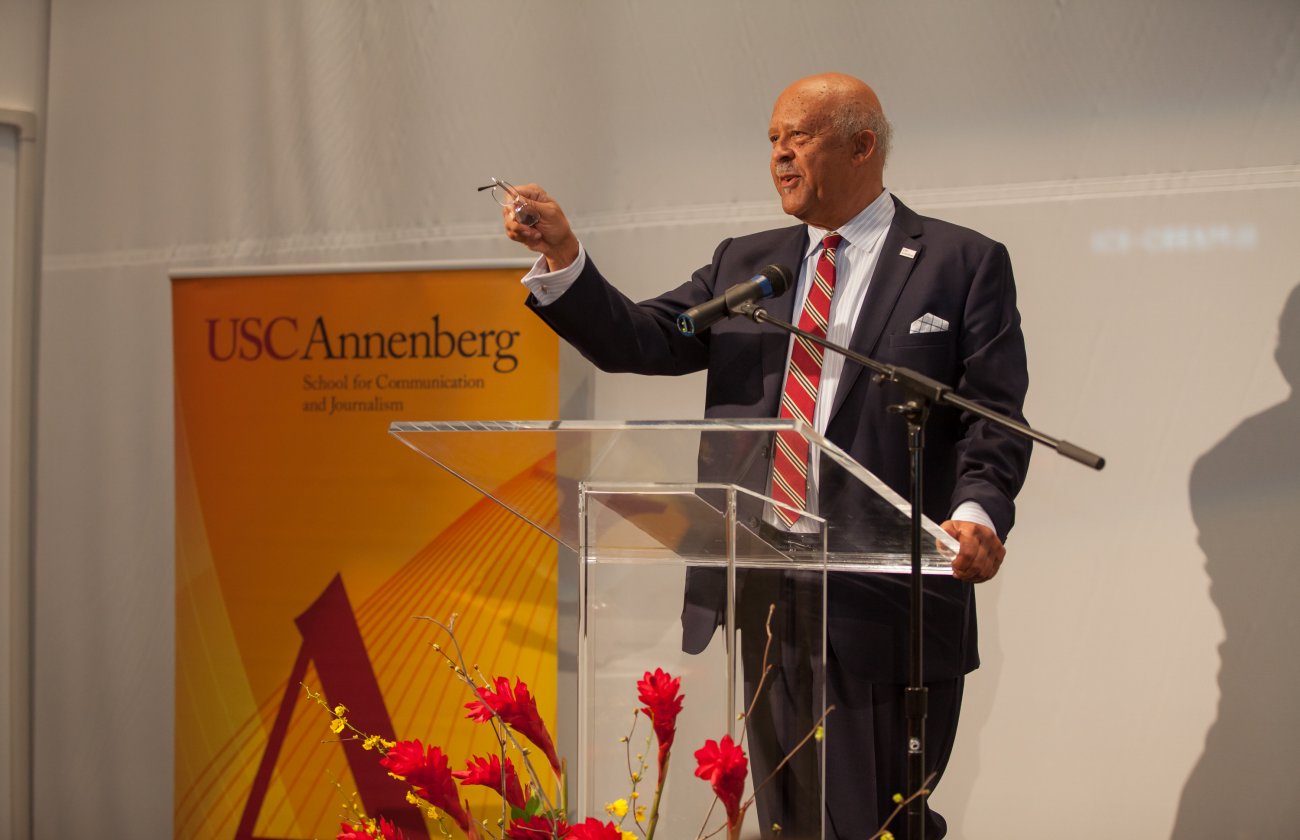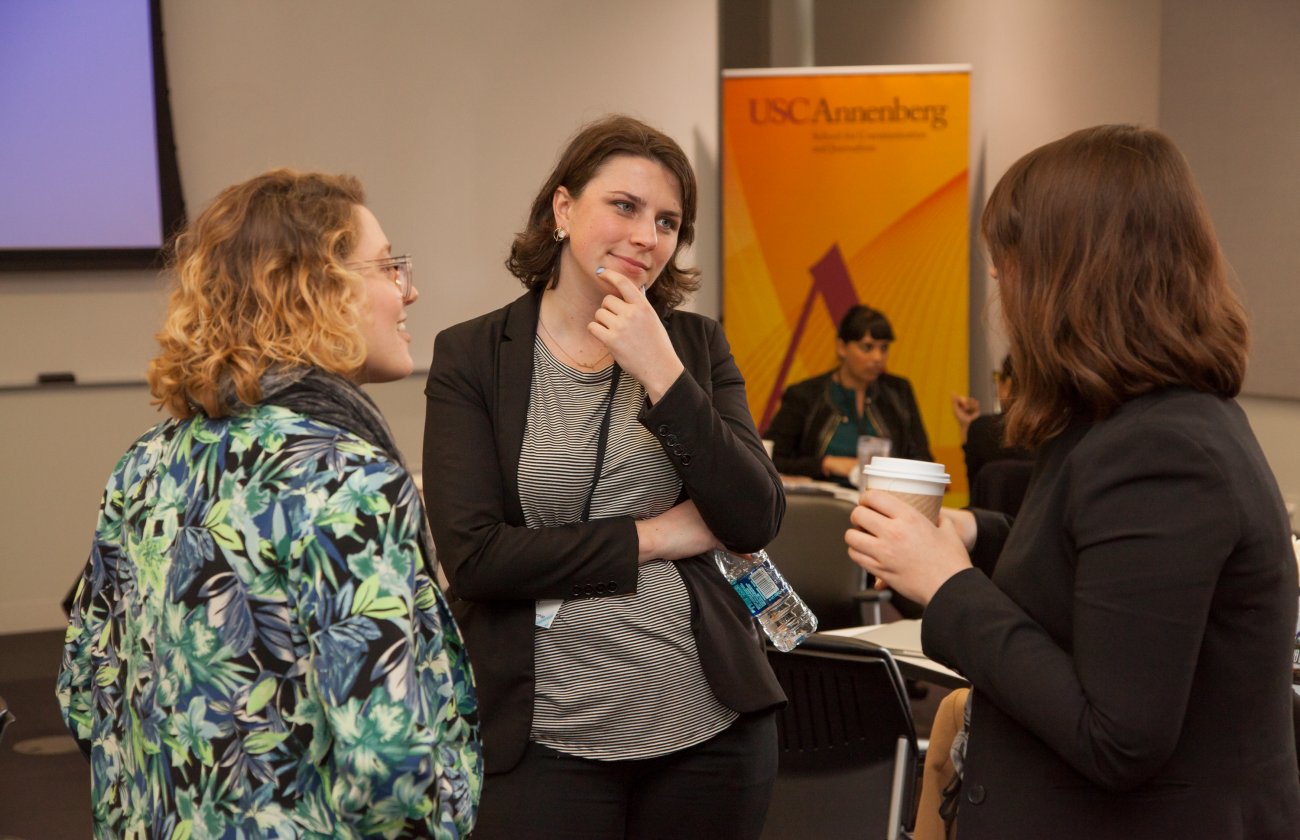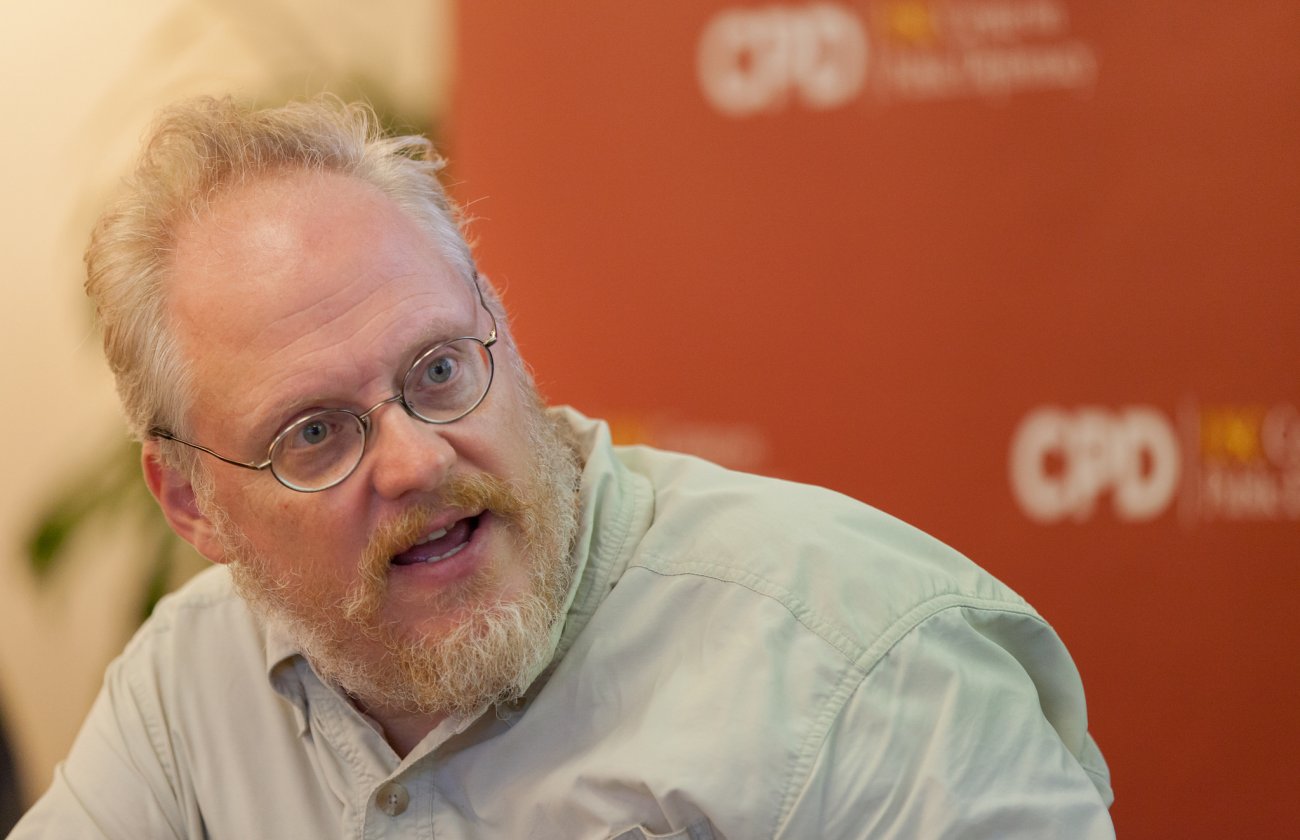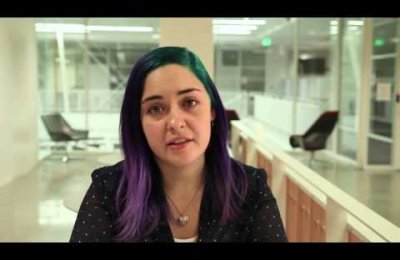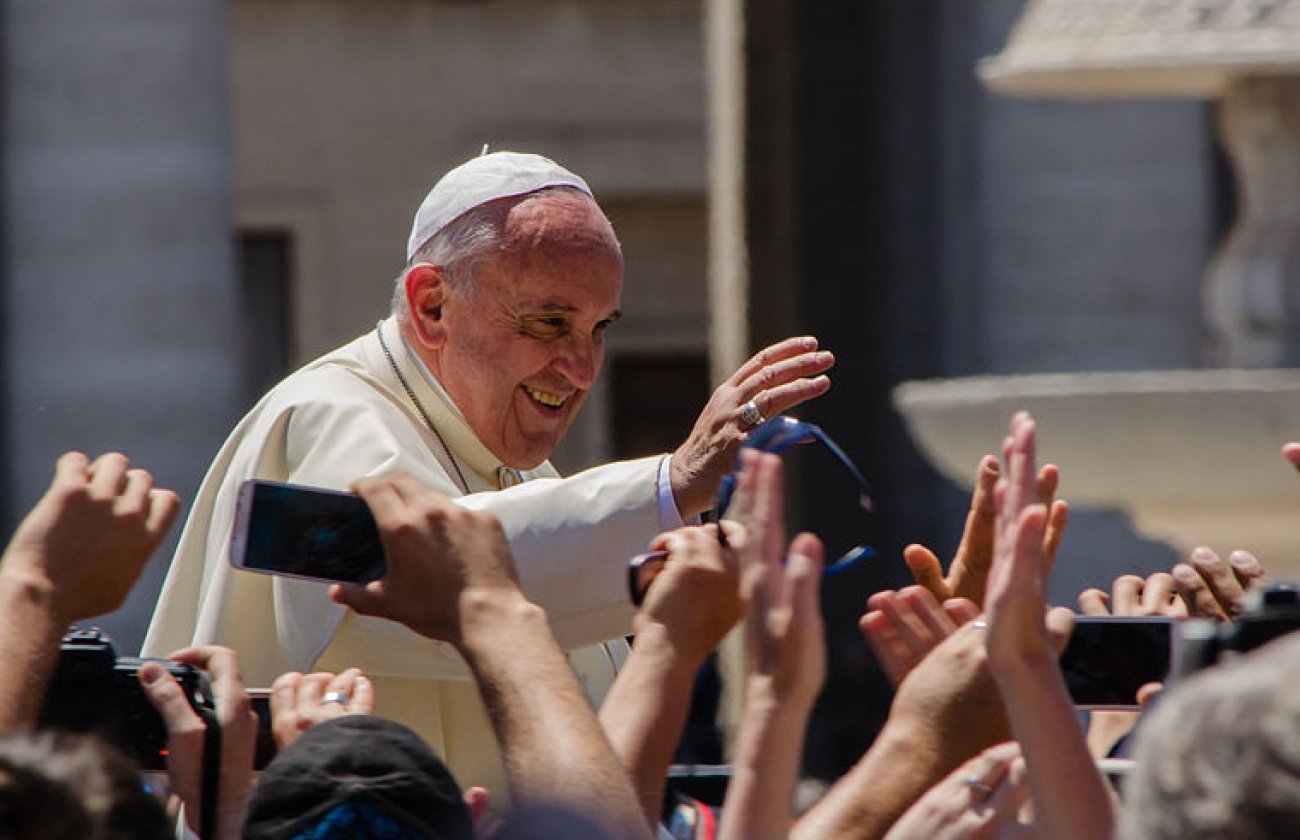By Michael Juliani
Over the phone from New York City, photographer Lawrence Schiller claims: at the time, he had no idea that the photos he was taking in the sixties were so momentous. “History made my pictures important, not me,” he says.
Scrolling through Schiller’s photographic archive is like viewing the subconscious tickertape of America in the middle of the 20th Century: there’s Marilyn Monroe, nude, in a swimming pool; there’s the National Guard rolling into Los Angeles during the Watts riots; there’s Robert F. Kennedy sleeping on the floor of his private jet during his final campaign. There are dozens of luminous subjects: Muhammad Ali, Patty Hearst, the Jackson Five. Schiller still pleads, “I don’t consider myself one of the great photojournalists of my time. I’m just a worker. I’m an idea man – I don’t like being monkey see, monkey do.”
USC Annenberg is exhibiting some of Schiller’s photographs, spanning his 60-year career, throughout the fall and spring semesters this year.

When a police officer held Lee Harvey Oswald’s gun over his head, a crowd of photographers were in front of the officer, using flash photography to get the light just right. Schiller was behind the officer, not using flash, and his picture shows the difference: an “imperfect” image that includes the crowd of photographers in the background. “I do distortion, I blur, I want to know what [the subject’s] all about,” Schiller said.
Schiller’s work stretches beyond photography: he’s directed films, documentaries, TV series and has written books. When the iPad first came out, he was asked to create an app that would serve as a model for other artists wanting to use the device. The Lawrence Schiller app presents a retrospective of his life and work, as told by Schiller himself in short video clips.
“When the app first came out, people wanted to know how I’d done it. I did it all myself. I see it as a building block for other great apps to come,” he said.
Schiller has observed the shift of photojournalism from more of an art form to a medium of widespread information dissemination.
“This past decade, the camera has lost its tip of the paint brush. Now everyone’s inundated by competition,” Schiller said.
He also said that he feels that the increased number of perspectives in photography benefits society’s ability to understand difficult moments in history. “There’s nothing wrong with [social media],” he said. “Technology steals time from you. There’s less art, more information. Maybe [photojournalism] is more honest without the art in it.”
On Thursday, Oct. 24, USC Annenberg will host a small reception at 3:00 p.m. in honor of the exhibit. Guests are welcome and light refreshments will be served. No RSVP is required.
<<©Lawrence Schiller All photographs courtesy of Fahey Klein in Los Angeles, CA>>


